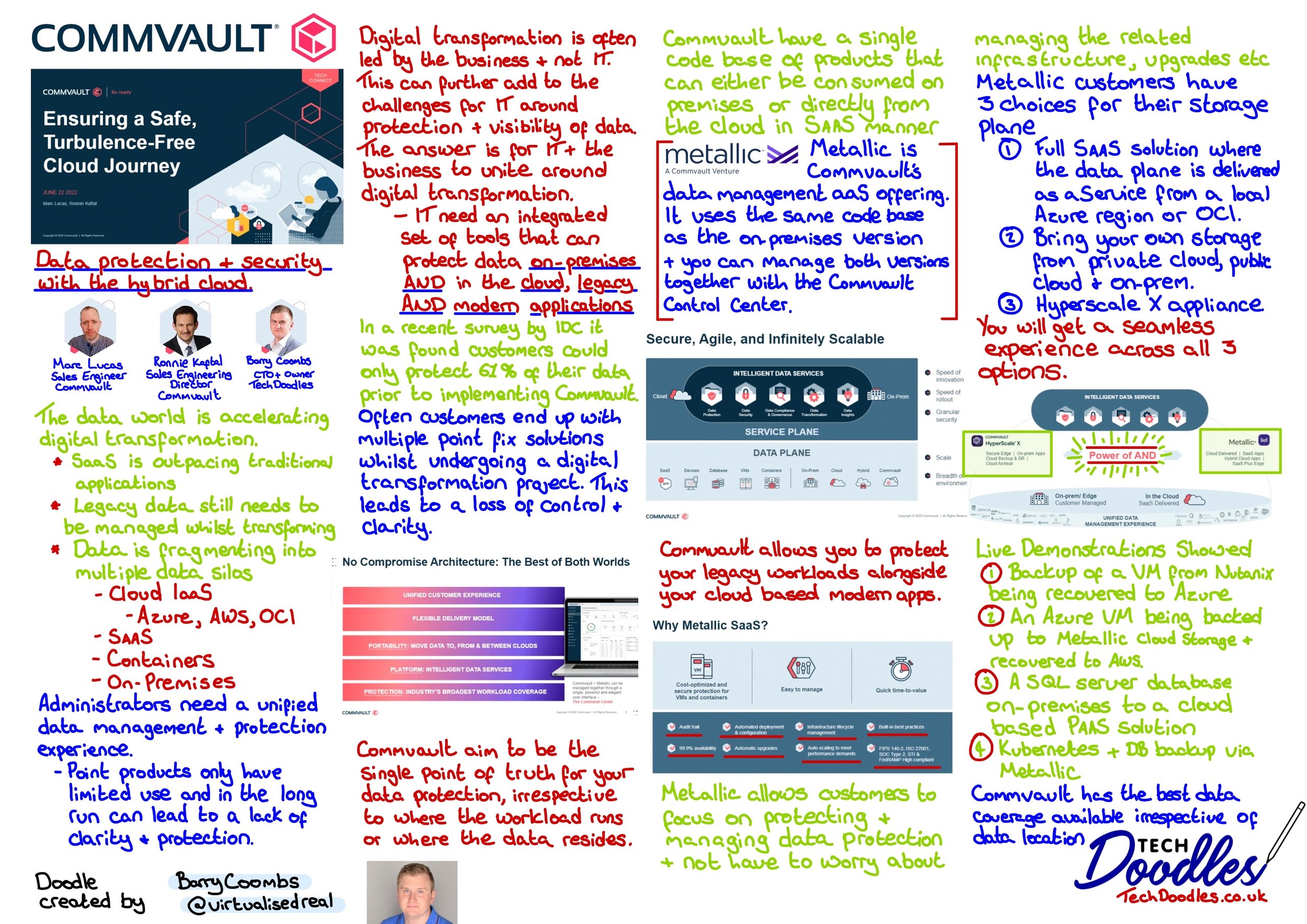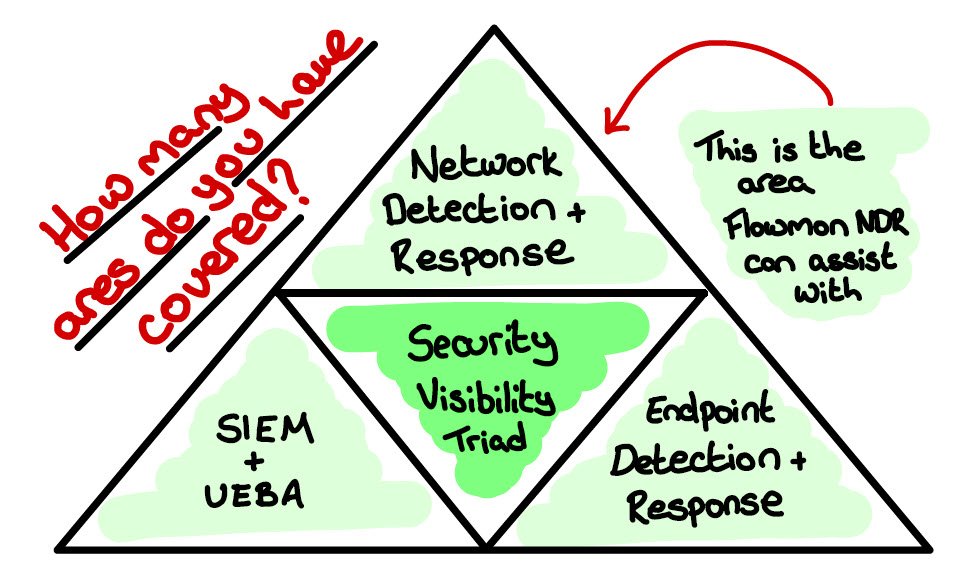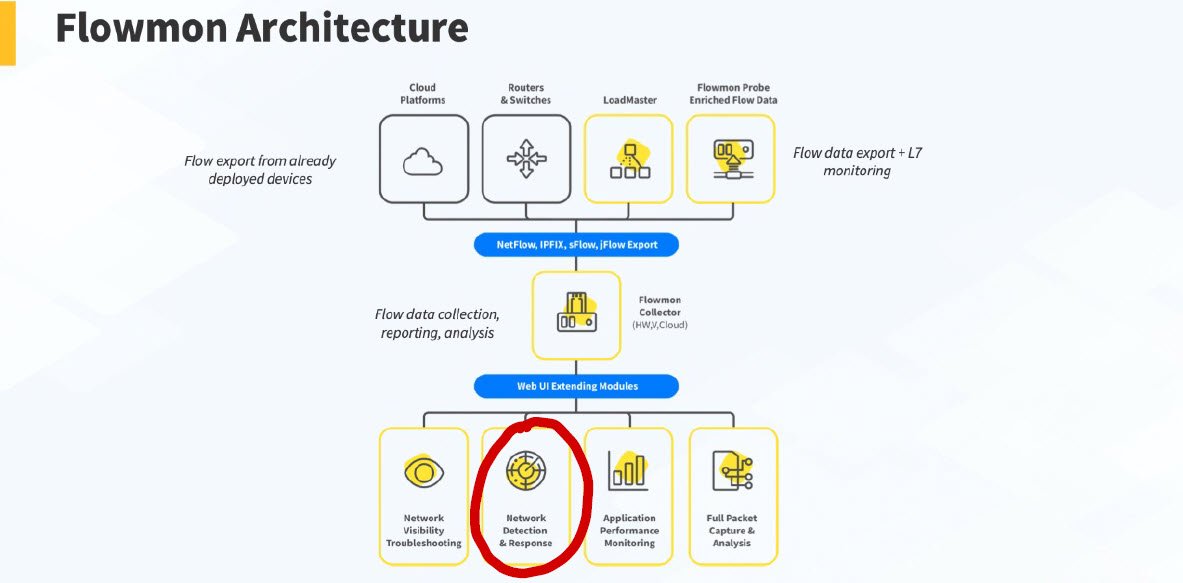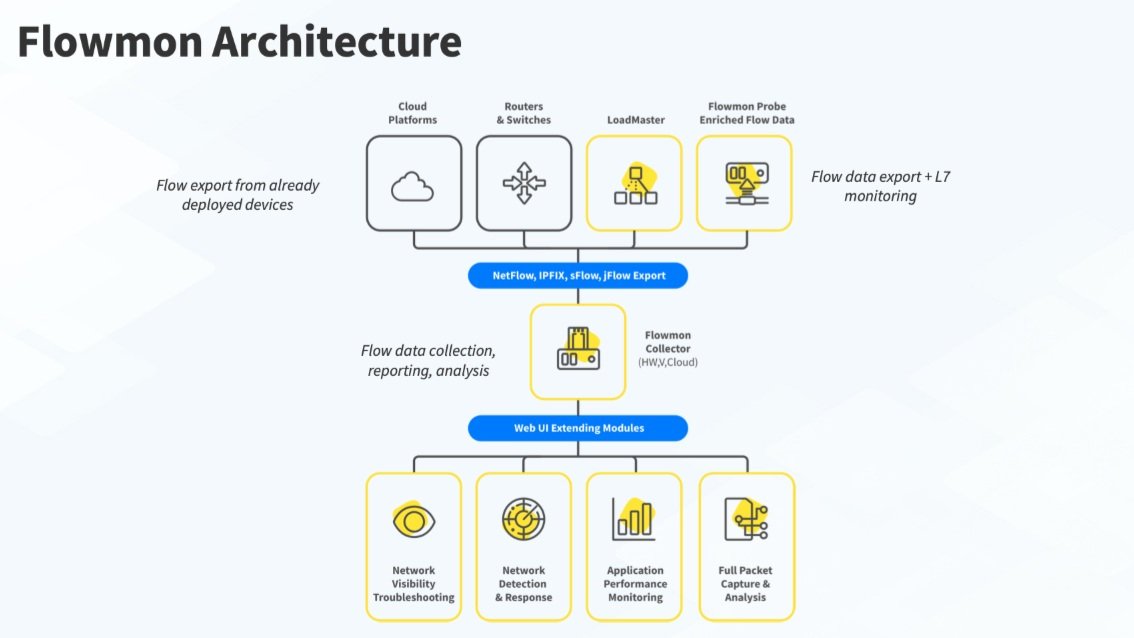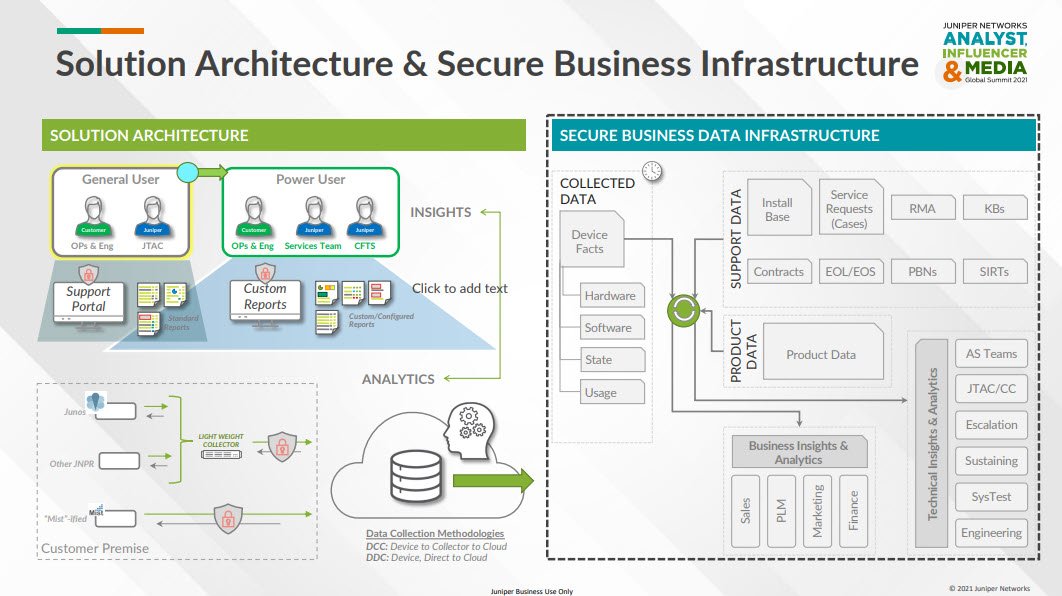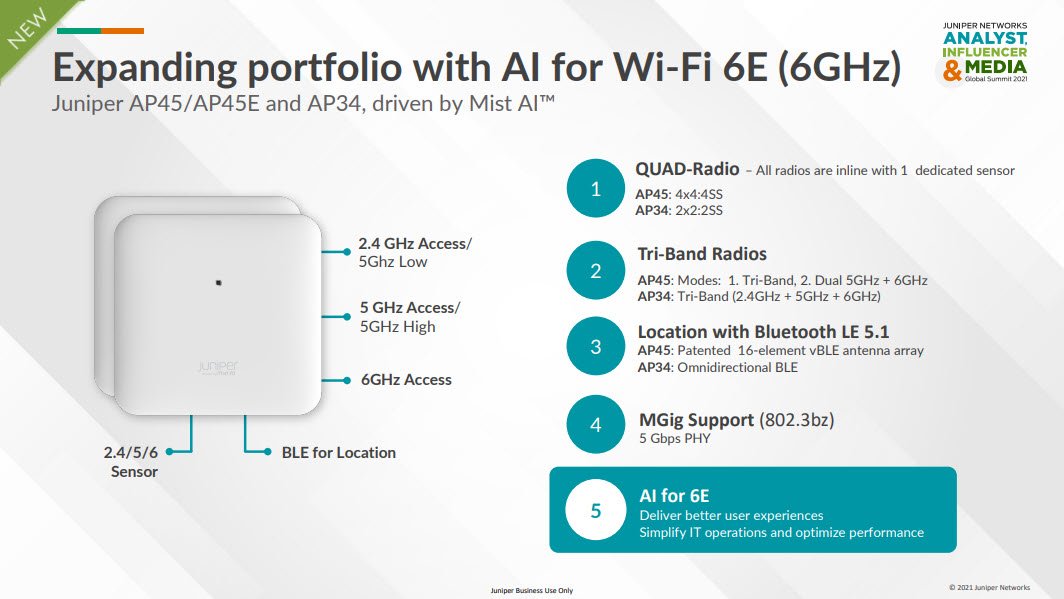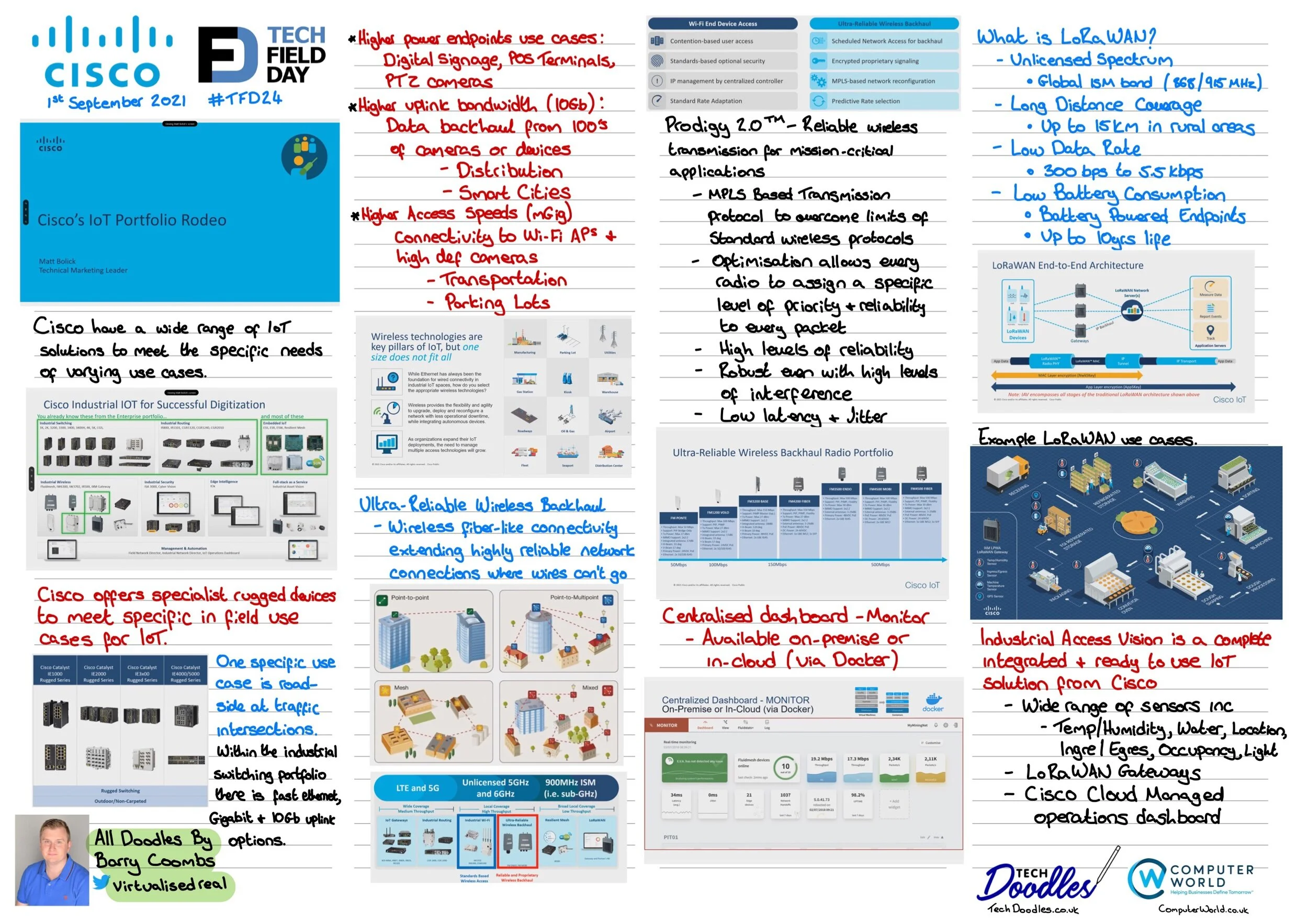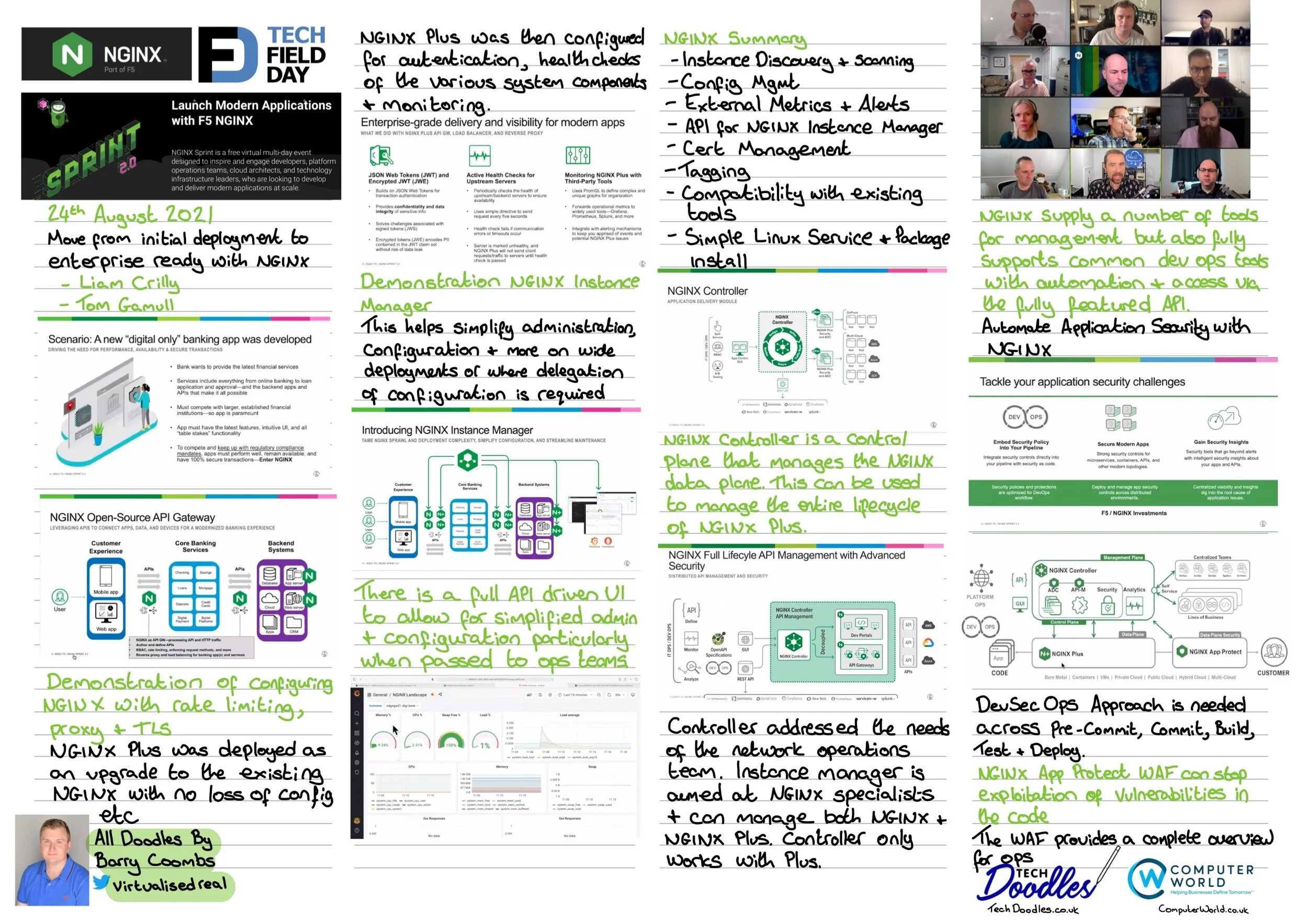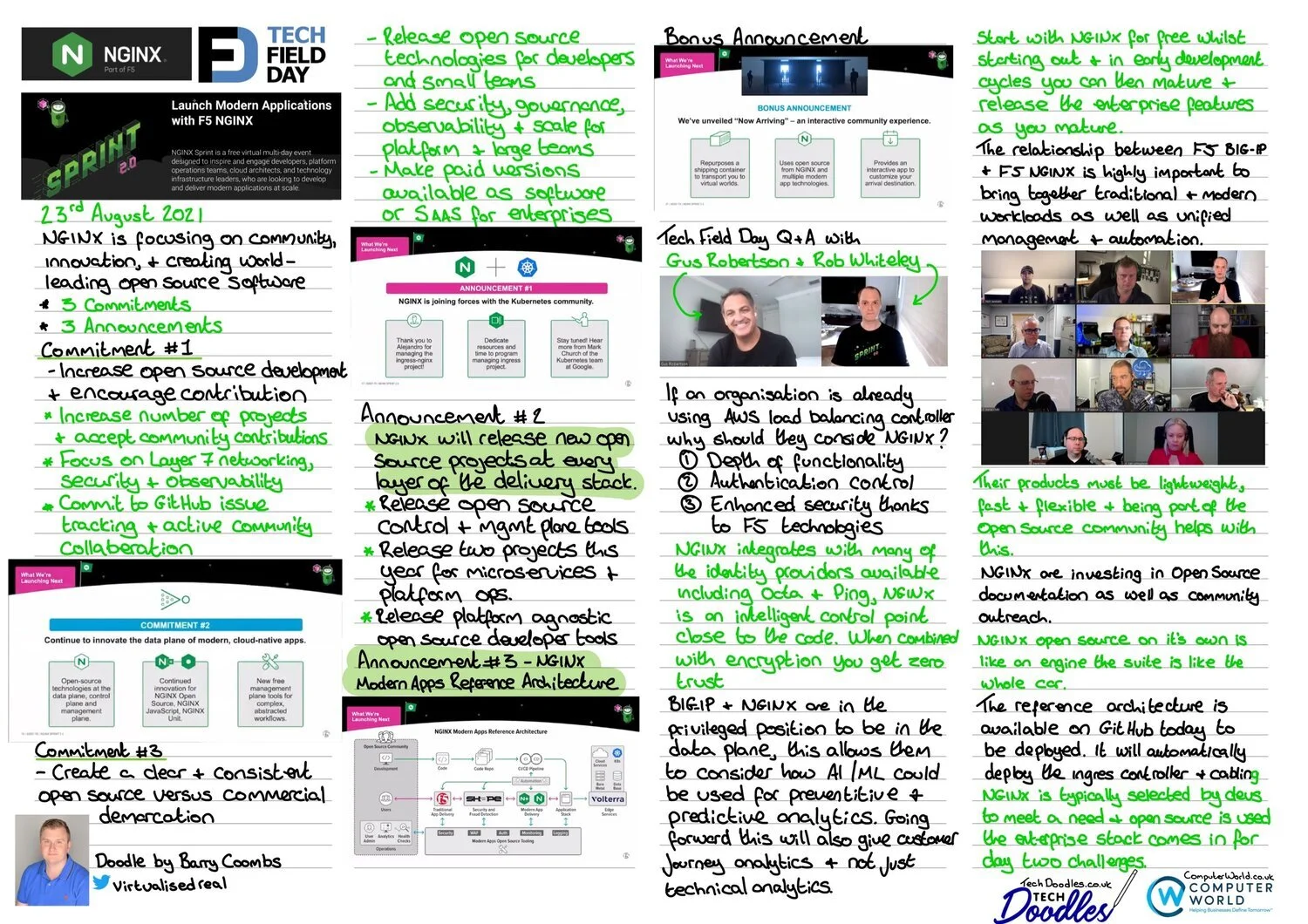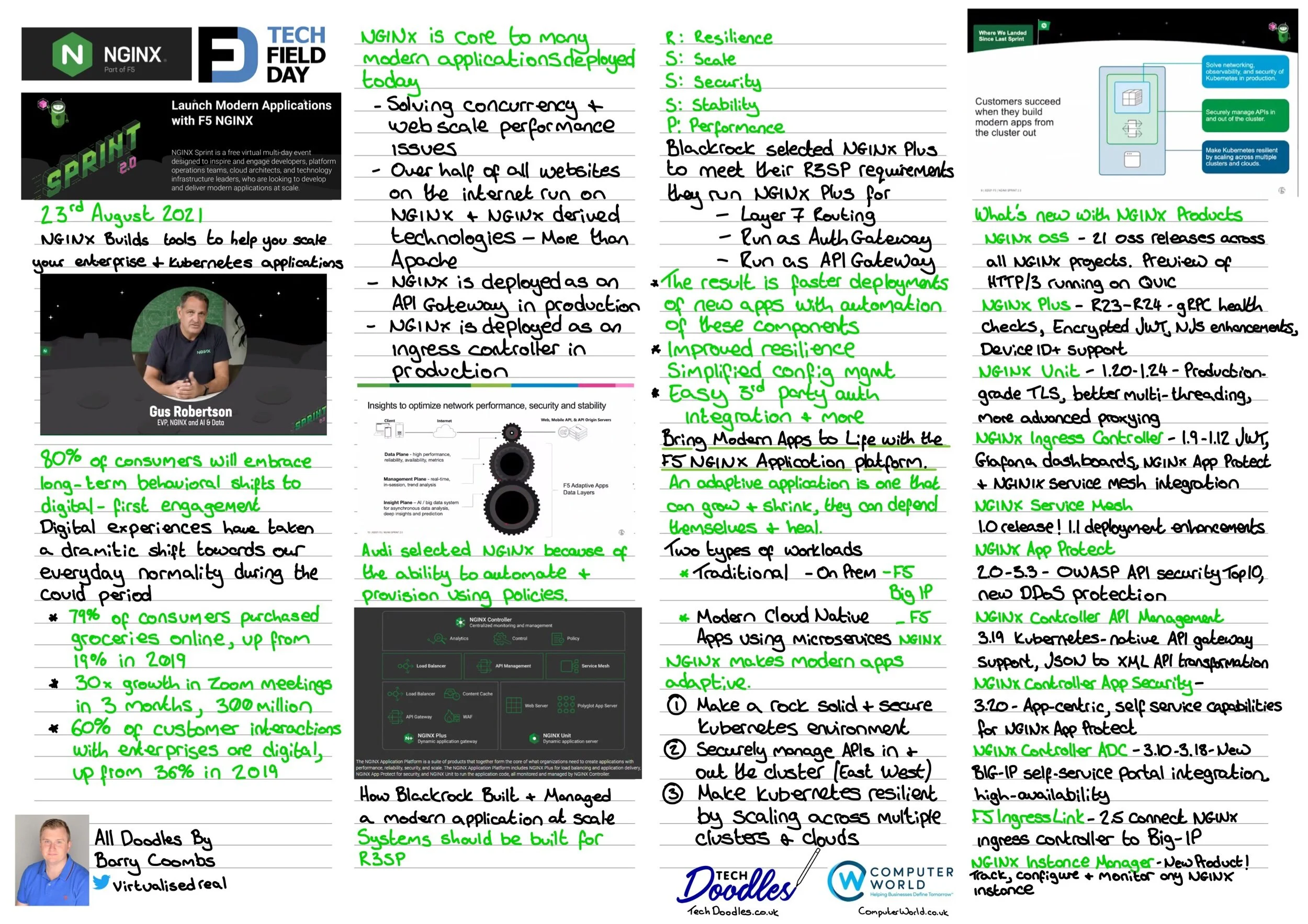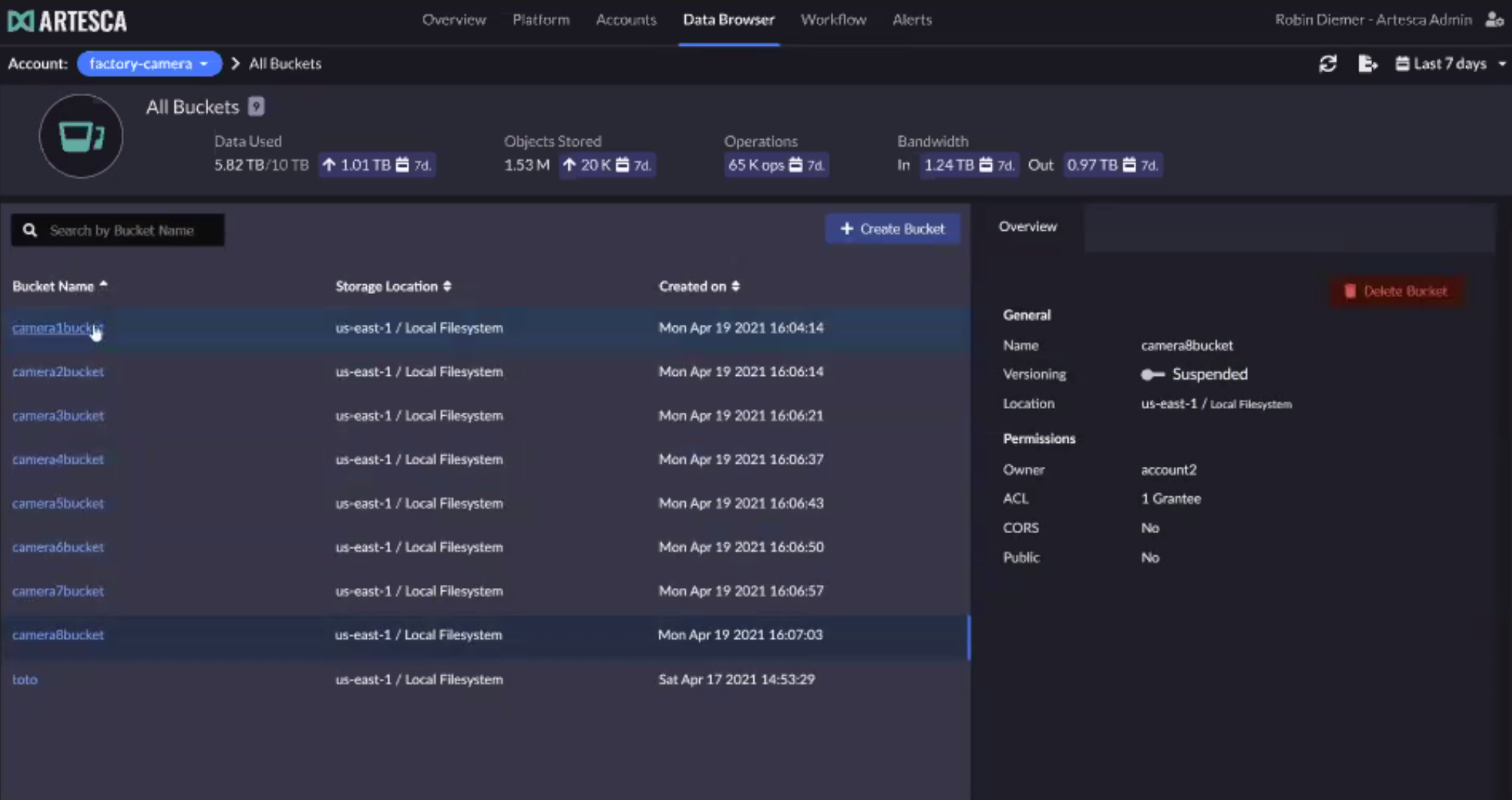Accessibility with Productivity Apps - Design Studio [UX2553]
Join us as we dive into what accessibility is and how we are working towards a future that includes all people regardless of limitations in tech - Does your organization offer solutions that adhere to current accessibility standards? Learn and give us feedback on what is important to your organization when it comes to accessibility for your teams. VMware Design Studios are interactive sessions exploring technical previews and early design ideas. Participants will be asked to sign an NDA.
Ajayan Subramanian, UX Designer, VMware
Any App, Any Cloud, Any Device Is Not Enough – We Need to Add Any User [IC1351]
VMware's solutions strive to achieve secure digital transformation without disruption for a digital foundation, and deliver any app, on any cloud, to any device. This is frequently summarized as the three anys in VMware's advertising. The missing any is any user. This talk will address what VMware is doing to add the fourth any—any user, including users with disabilities. It will also discuss what users need to do to integrate the fourth any in their organizations.
Sheri Byrne-Haber, Senior Staff Accessibility Architect, VMware
Addressing Malware and Advanced Threats in the Network [SEC2027]
Today’s reality is that security breaches are a given. Sophisticated attackers are too numerous and too determined to get caught by perimeter defenses. Hear insights into how the adversaries are evading defenses and focuses on how the Network Detection and Response capabilities of NSX Advanced Threat Prevention provide the visibility, detection and prevention of advanced threats.
Chad Skipper, Global Security Technologist, VMware
Giovanni Vigna, Sr. Director Threat Intelligence, VMware
A Practical Approach for End-to-End Zero Trust [SEC2733]
Digital transformations around app modernization, multi-cloud infrastructure, and remote users has accelerated the need to move away from perimeter-only security to a more distributed security with tighter access controls to resources. Zero trust approach aims to address the security challenges but can seem complex - from where to start and what’s in scope. In this session, we will discuss specific capabilities that will enable you to achieve a zero trust architecture that’s aligned to the NIST guidance and covers secure access for users as well secure access to workloads.
Shawn Bass, CTO End User Computing, VMware
A Practical Guide to Implementing Zero Trust [SEC1028]
What is Zero Trust, and how can you get started? A new model of working from anywhere on any device requires a new model of network security. Zero Trust, born from the concept of “never trust, always verify,” assumes that no device, person, network or packet can be trusted, and builds access privileges from there. Zero Trust network access moves from a network-centric security process to an identity- and context-based security approach. These modern concepts help leverage the security and benefits of a cloud-hosted solution, while easing IT deployment and maintenance of costly remote access services. In this session, we will take a practical approach on how to start on your Zero Trust journey using VMware Secure Access.
Peter Bjork, Principal Architect, VMware
Better Secure Remote Workers with VMware Carbon Black Cloud [SEC2666]
The Anywhere Workspace brings together management and security for remote workers. Although this vision solves the challenge of remote work for IT and security teams, it begins with an innovative approach to security. This session will focus on how VMware Carbon Black Cloud can meet the endpoint security needs for your organization within the context of the VMware Anywhere Workspace vision.
Elizabeth Schultheisz, PMM, VMware
Simplified Security with VMware Carbon Black Cloud [SEC2490]
As network breaches become more prevalent, are you confident your network can fend them off? Does the complexity of network security seem like a daunting task? If so, you will want to join us for a conversation about how VMware Carbon Black Cloud can make security easier and more efficient. Join us for a discussion on tips and tricks to make managing your endpoint security a little more effortless.
Jamie Kaushik, Senior Technical Trainer, VMware
A Guide to Application Migration Nirvana [MCL1264]
Have you experienced application migration paralysis? We have. Join this session to learn how VMware vRealize Network Insight uses application discovery and migration planning to understand your applications before migrating them, and then uses an integration into VMware HCX to seamlessly start migrating. We will spill the beans on how VMware IT and our customers solved their migration headaches. Through mostly demos, we will show how to: • Discover your application workloads • Map out application dependencies • Analyze network traffic to make informed decisions • Seamlessly move the discovered applications into VMware HCX • Migrate the applications to VMware Cloud on AWS, Azure VMware Solution, and Google Cloud VMware Engine
Martijn Smit, Technical Marketing Architect, VMware
Azure VMware Solution Best Practices for Implementation and Migration [MCL3114S]
Join us for an interactive discussion on best practices when implementing, migrating and managing your Azure VMware Solution environment. Learn from our Azure VMware Solution experts and their experiences working closely with customers throughout deployment, including how to optimize for different scenarios and how to leverage the best of VMware and Azure services.
Jeramiah Dooley, Principal Cloud Advocate, Microsoft
Shannon Kuehn, Cloud Advocate, Microsoft
Azure VMware Solution: Platform Deep Dive [MCL3078S]
Explore the latest releases from Azure VMware Solution, including technical overviews for new integrations of popular disaster recovery and backup solutions such as VMware Site Recovery Manager and Zerto. Learn more about how to take advantage of new connectivity between your Azure VMware Solution environment and other Azure services for storage, management, security and more.
Ramprasad Gowrishankar, Principal PM, Microsoft
Benefits of Azure Virtual Desktop and VMware Horizon Cloud Service [MCL3093S]
Learn about the latest product updates and benefits. Ask your critical questions to our panel of experts from Microsoft and VMware.
Gabe Knuth, Sr. Product Line Marketing Manager, VMware
John Jenner, Microsoft
Strategy and Vision to Accelerate Cloud Provider and MSP Growth [MCL2075]
The opportunity for cloud providers, MSPs and other partners continues to grow. VMware is committed to helping our world-class ecosystem of cloud providers, MSPs and solutions providers take advantage of the multi-cloud opportunity. In this session, you will hear from our product leaders and experts on our strategy and vision for cloud partners. You will learn about our latest products and solutions to help providers develop hyperscaler-class clouds, new services available through an asset-light model, and how we’re embracing the multi-cloud world to help partners grow and thrive with greater choice for their customers.
Rajeev Bhardwaj, VMware
Adopting Containers Through VMware Tanzu - The Benefits [MCL2874S]
Adopting agile and cloud-native development methods and tools is key to the future success of many businesses. Most businesses adopted virtualization many years ago to increase the efficiency and utilization of their IT estate and are now seeking ways to take that investment forward into the cloud-native world. For VMware customers, Tanzu provides a clear path towards that goal and the business benefits that it can yield. As one of VMware’s top partners and also a Gartner leader in Multicloud, helping customers adopt a more developer-centric approach to cloud-native development through the adoption of containers and Kubernetes is core to Rackspace Technology VMware services.
Amine El Badaoui, Product Architect, Rackspace
An End-to-End Demo of Day 0 to Day 2 VMware Tanzu Management with vRealize [APP1586]
In this session, we will take you through a Day 1 and beyond demonstration of how VMware vRealize Automation, vRealize Operations, vRealize Log Insight, and vRealize Network Insight can come together to deploy, manage and troubleshoot Kubernetes...
Matt Bradford, Sr. Technical Marketing Architect, VMware
Sam McGeown, Staff Technical Marketing Architect, VMware
A Guide to vSphere with VMware Tanzu: Day 2 Operations for the VI Admin [APP1718]
This session will cover the basics of Kubernetes architecture, and day 2 operations when deployed on vSphere. As the Virtual Infrastructure administrator, the more you know about the software that runs on top of your platform, the better service...
Simon Conyard, Senior Solution Engineer, VMware
Dean Lewis, Senior Solutions Engineer – Cloud Management, VMware
What's New in vSphere [APP1205]
This is the anchor session for all VMworld attendees interested in VMware vSphere, and it is a VMworld staple. We will provide an overview of all that’s new in vSphere this year, discuss key technology trends and customer challenges, share how the latest capabilities in vSphere help customers meet the needs for key use cases, and highlight some real-world customer successes. We will also provide guidance on key sessions on related topics that attendees should not miss at VMworld. This session is where you want to start your VMworld 2021 journey.
Himanshu Singh, Group Manager, VMware
Ken Werneburg, Director of Technical Marketing, VMware
Application Migration Patterns [CODE2750]
Every organization is looking to migrate their applications to the cloud or cloud-native. I will share my learnings from the application modernisation/migration experience at VMware (for customer) and in enterprises (pre-VMWare). I begin where the 5R discussion ends. Answering the critical "How" part of the undertaking.
Yogi Rampuria, Advisory Platform Architect, VMware
Advanced Architectures for Deploying Horizon in the Cloud [EUS1129]
This session will dive into many of the advanced VMware Cloud on AWS design considerations and topologies that impact delivering VMware Horizon on VMware Cloud on AWS. These design considerations and topologies are not limited to Horizon. We will also dive deep into integration with AWS and connectivity options. We will review architectures deployed by VMware Professional Services to show real-life applications of how Horizon on VMware Cloud on AWS met desired business outcomes. We will review additional cloud offerings that can host Horizon, such as Azure VMware Solution and Google Cloud VMware Engine, and outline the similarities and differences of these solutions.
Bob Barna, Consulting Architect, VMware
Architecting Multi-Cloud Horizon [EUS1547]
Learn how to architect multi-cloud VMware Horizon deployments. This technical session will cover the deployment options and platforms available, including Horizon, Horizon Cloud Service on Microsoft Azure, Horizon on VMware Cloud on AWS, Horizon on Azure VMware Solution, and Horizon on Google Cloud VMware Engine. Find out how Horizon Control Plane Services, such as Universal Broker and Image Management Service, aid in both administration and user access.
Chris Halstead, Senior Staff Architect, VMware
Hilko Lantinga, Staff Architect, VMware
Ask Me Anything from the End-User Computing Experts [EUS2636]
Meet the End User Computing experts, bring your questions and ask us anything (as long as it is slightly related to EUC)! These experts are prepared to answer your toughest questions spanning from virtual desktops and apps, unified endpoint management, security, to practical tips and tricks, successful implementations...the list goes on.
Christopher Dayton, Director, VMware
Spencer Pitts, Chief Technologist, VMware
Drop It Like It's Hot Reloaded: The Windows Dropship Session is Back [EUS1581]
A DeskCon experience session. With IT teams and employees working from home and offices facing extended closures, how are you provisioning and deploying new Windows desktops and laptops to new hires and employees due for a refresh? Planning a Windows 10 zero-touch device provisioning experience for your users? We will deep dive into everything you need to know about drop-ship provisioning, including factory and connected provisioning. Modernizing deployment can be challenging and overwhelming with many dependencies on other technologies. Come learn what it takes to make this a reality.
Ameya Jambavalikar, Senior Product Manager, VMware
Josh Burris, Staff Architect, VMware
Now, Next, and Beyond: Innovation Showcase with VMware EUC CTO Shawn Bass [EUS2467]
Shawn Bass, CTO for VMware EUC, gives a closer look at the new innovations in Workspace ONE, Horizon, and Anywhere Workspace. Learn how VMware thinks about the future of technology for end-user computing, Zero Trust security, and distributed work. This session also serves as the introduction to our VDIscover track for Day 2 of VMworld.
Shawn Bass, CTO End User Computing, VMware
The Accidental VDI Admin: Carl Webster’s Analysis of Horizon 8 [EUS2460]
He’s back. Last year, Carl Webster spent six weeks testing VMware Horizon 7.12, building and tearing down his lab 5 times and shared his findings in a wildly popular VDIscover session. This year, Carl will share his experiences with Horizon 8. Carl’s background includes independently working with VDI and app publishing products like Citrix for over 30 years. Whether you were or weren’t able to attend his session last year, this is going to be one you won’t want to miss.
Carl Webster, Owner, CarlWebster.com
Brian Madden, Distinguished Technologist, VMware
Fireside Chat with Michael J. Fox and VMware CMO Carol Carpenter [VI3148]
Emmy-award-winning actor, author and patient advocate Michael J. Fox sits down with VMware Chief Marketing Officer Carol Carpenter to discuss his life and his passion to help find a cure to Parkinson’s disease. Other topics include maintaining inherent optimism while managing many challenges, balancing a career, family and charity work and sharing how technology and research can help pave a path for a cure Michael J. Fox is an award-winning actor, best-selling author and patient advocate. Fox was diagnosed with young-onset Parkinson's disease and years later launched The Michael J. Fox Foundation for Parkinson’s Research in 2000. Since then, Fox has been a steadfast advocate for research and patients and through it all, has continued his acting career and written 4 books including his most recent memoir, No Time Like the Future: An Optimist Considers Mortality, published in November 2020.
Carol Carpenter, CMO, VMware
Michael J. Fox
Accelerating Innovation: Strategies for Winning Across Clouds and Apps [GEN3103]
What’s the best way to speed up business innovation? How can you deliver apps and services faster to improve the customer experience? Is it possible to maximize cloud advantages while avoiding the slow-you-down trade-offs of the past? There’s no better way to open VMworld 2021 than with a look at strategies to accelerate your business. Join CEO Raghu Raghuram as he lays out his vision for the future of multi-cloud technology, providing a view into the innovations VMware is driving at the intersection of clouds and apps. He will explore how leading organizations are challenging the status quo to move fast, gain a competitive advantage and stay secure. VMware President Sumit Dhawan will share a perspective on how VMware is delivering the critical capabilities that every digital business needs, with a special focus on the first-hand experience of VMware customers around the world. In this must-see session, you can expect a mix of new insights, practical info and a good dose of inspiration for accelerating your own business and technology success.
Raghu Raghuram, CEO, VMware
Sumit Dhawan, President, VMware


